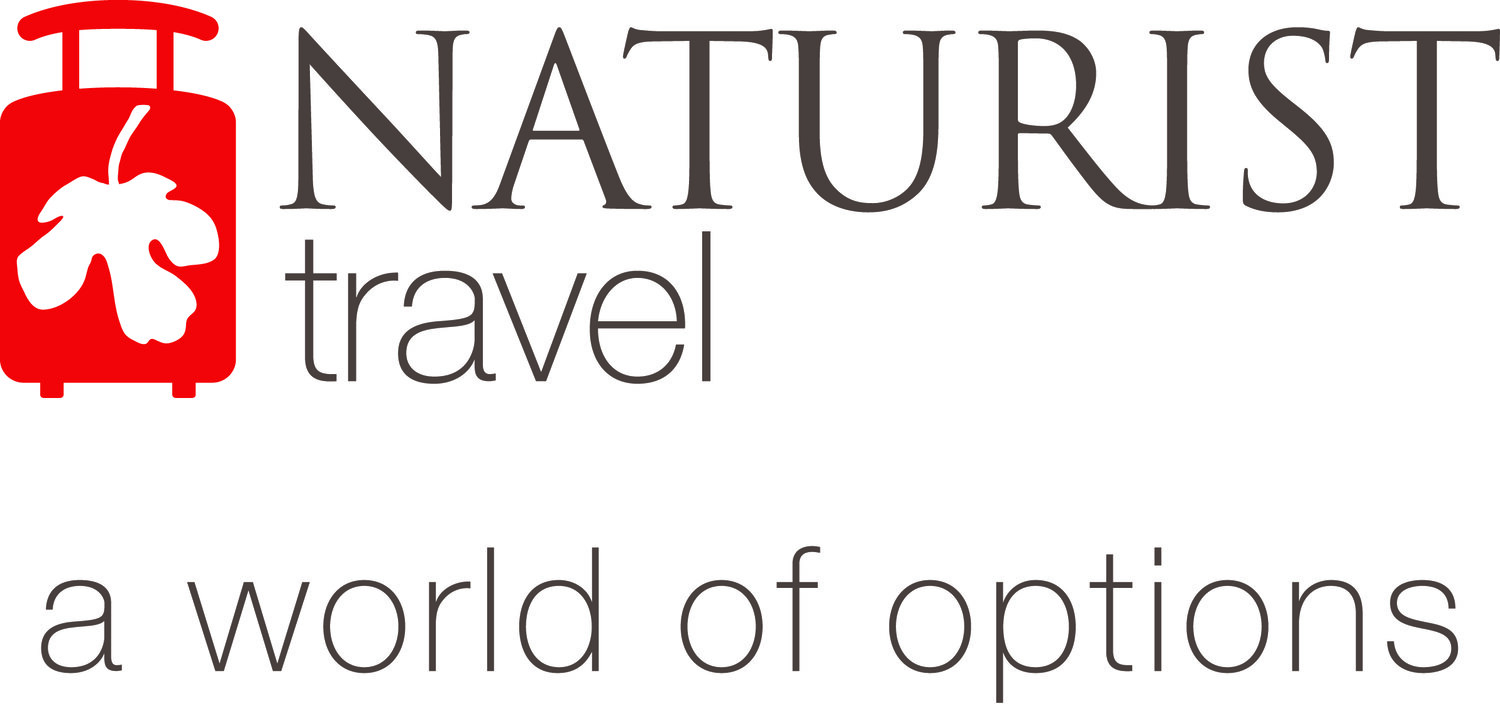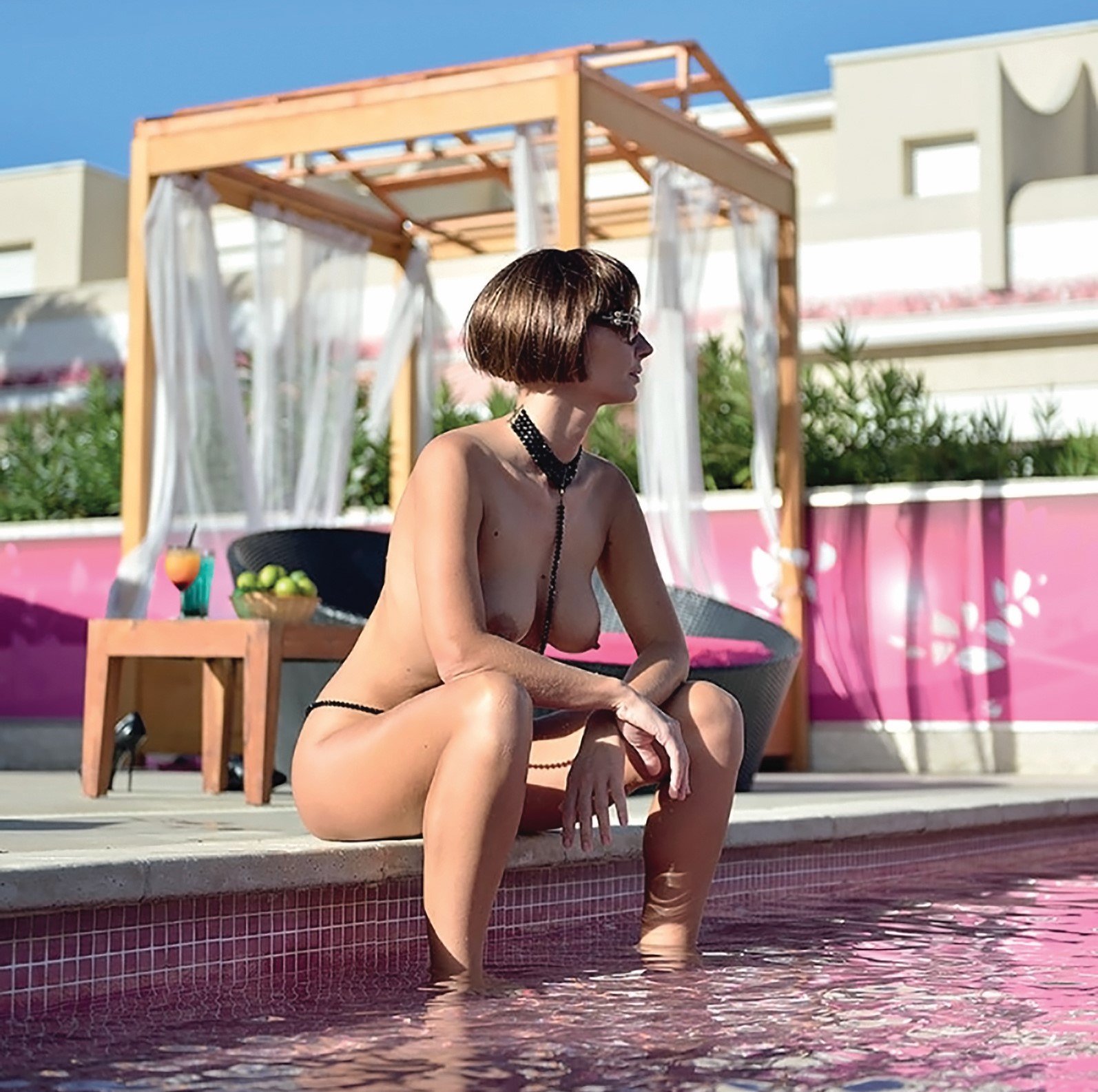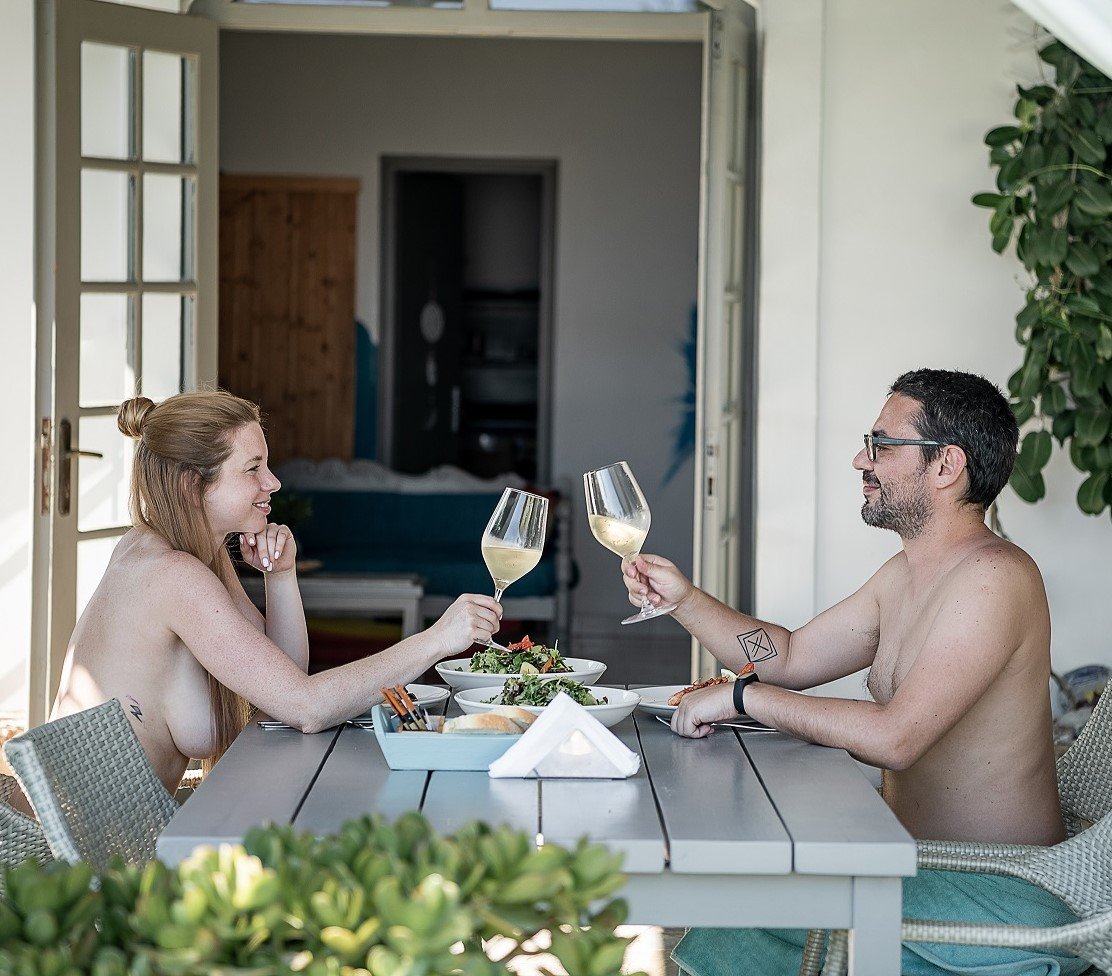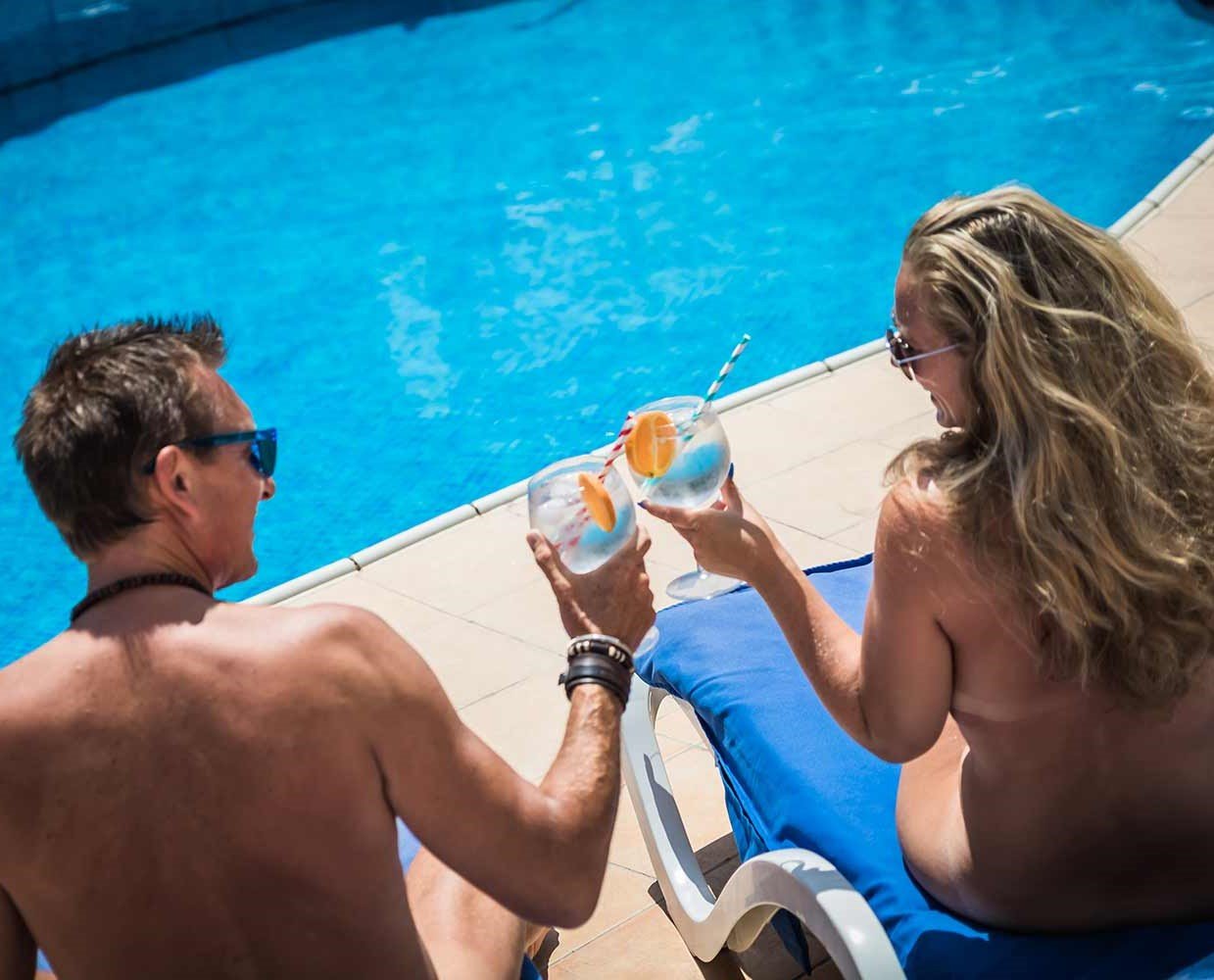Europe: a SWOT analysis
A closer look at some of Europe’s leading naturist destinations.
EUROPE: A ‘SWOT’ ANALYSIS
A closer look at some of Europe’s leading naturist destinations. How do they compare with each other in a SWOT summary (Strengths, Weaknesses, Opportunities, Threats)?
The naturist travel market is growing at an encouragingly steady rate, and in order to analyse it more fully for the benefit of both the consumer and the participant, it now probably merits further segmentation, as happens with mainstream travel. So taking four key destinations as the starting point, how do France, Spain, Portugal and Greece compare in what they have to offer some of the broader categories of naked travellers: families, couples, groups, long-stayers and expatriates, for instance? And looking at the bigger picture, how do they compare with each other in a SWOT summary (Strengths, Weaknesses, Opportunities, Threats)?
FRANCE
Strengths: The Germans might claim to have invented the concept, but like many of the finer things in life, it is the French who have perfected the art, and if anywhere can claim to be the true home of naturism, it is France: the combination of superb weather (in at least two-thirds of the country), great beaches and a largely sensible legislative approach to the subject has fostered a plethora of holiday options - from large resorts and campsites to guest houses and gites - that welcome naturists, and has arguably made France the benchmark for naked tourism.
Weaknesses: Sometimes the sheer amount of choice can seem a little overwhelming, especially if you don’t speak much French, and whilst many of the better/more switched-on websites are translated into several languages, it’s received wisdom sometimes that the French prefer to cater for the French. With the number of French naturists estimated at 2.6 million, the domestic market is certainly healthy enough.
Opportunities: It’s such a large country, with so much space and plenty of reasonably-priced land/property for sale, that the number of naturist venues, particularly in the small-to-medium sector, will undoubtedly increase to satisfy demand. Even Paris has opened up a naturist zone in one of its city centre parks, with more planned.
Threats: There’s something of a brain-drain going on at the moment, as punitive tax legislation seems to be having an impact on the number of campsites coming up for sale, and the amount of French people leaving for pastures new. And of course there is always the potential for annual summer strikes by air traffic controllers (hindering you getting in) or lorry drivers (hindering you getting around) to contend with.
Target markets: The majority of French campsites are very family-oriented, and French naturists tend to have an open and relaxed approach to kids being naked. At the other end of the spectrum, there’s also the famous/infamous Cap d’Agde for the more liberated. French winters, even in the south, can be notoriously unpredictable, hence the reason for the seasonal opening dates of many venues, and why many ‘snowbirds’ tend to head over the Pyrenees into Iberia for more guaranteed long-term warmth. But numerous ex-pats have set up successful naturist businesses in France.
SPAIN
Strengths: Again, a large and varied country with a wide choice of regions and naturist venues, from purpose-built resorts and hotels to campsites and guest houses/B&Bs, many of the latter run by ex-pats who have gone in search of a permanent place in the sun. The weather is a huge plus, as is the tolerant attitude to nudity/clothing-optional, with the former establishing many parts of the country as year-round destinations, and the latter making it easier to introduce more reluctant friends and family to naturism.
Weaknesses: A longer trip from the UK (for instance) if you are travelling by car or motorhome for an extended stay, although the number of variety of airports and carriers does make it relatively easy to plan fixed-length visits and even short-breaks. The after-effects of the well-documented property crash are still being felt, and whilst prospective buyers might feel they could still pick up a bargain, the get-out opportunities at the other end are limited.
Opportunities: There’s scope to develop a far more sophisticated brand of (naked) rural tourism that doesn’t depend on close proximity to the sea.
Threats: Despite having tolerant national laws relating to public nudity, some local councils seem intent on taking Spain back to the Franco era when it comes to what you can and can’t wear on the beach.
Target markets: British Naturism and Chalfont Holidays will testify to the suitability of many venues for group travel, and the location of the Canaries (Spanish in name if not geography) make the islands of one of the few destinations in Europe that can genuinely offer winter sun.
PORTUGAL
Strengths: Great weather, amazing beaches and plenty of space in which to find your ideal naked spot, whether on the coast or inland. A relaxed attitude to nudity, as long as you know where to go and use your common sense and judgement, and still one of the least-known of western European destinations outside of the main tourist areas.
Weaknesses: The north is still quite conservative, so you ideally need to head to Lisbon, the Alentejo or the Algarve if you want an all-over tan. And remember Portugal sits on the Atlantic not the Mediterranean, so skinny-dipping can be a tad chilly even at the best of times. Flight access is also restricted to just three international airports, and many routes are seasonal.
Opportunities: The marketing gene seems to have been removed from most Portuguese at birth, so the onus on promoting the country has largely fallen on those expatriates who have discovered ‘the land of discoveries.’ The media obsession with hip cities like Lisbon and Porto is now permeating down to the rest of the country however, and into rural tourism in all its forms, including of course naturism. But the country still needs more naturist venues, with room for growth especially in the mid/top-end market.
Threats: A head-in-the-sand mentality (at least in the south) when it comes to extending tourism beyond the traditional summer months. Even in boom periods, there’s not enough hay being made whilst the sun is shining to maintain year-round sustainability.
Target markets: With the exception of one or two campsites, Portugal’s naturist venues don’t really cater for families, so the majority of naked visitors tend to be empty-nesters. Most venues are also on the small side, so more suited to workshops and retreats than group holidays.
GREECE
Strengths: Long hot summers, islands galore, remote beaches, fabulous food, a genuinely warm welcome…
Weaknesses: Wet and windy winters, particularly in the north of the mainland and on numerous islands, many of which go into lockdown from November to Easter. Still lacking in numbers as far as naturist venues go, which either means re-visiting old favourites or looking further afield.
Opportunities: The country needs to rediscover its entrepreneurial spirit, open more venues, and shout about them from the rooftops. As a holiday destination, Greece tends to sell itself, but many naturists have to be content with finding a naked beach close enough to their non-naked accommodation if they want to bare all.
Threats: The Greek economy never seems particularly stable, and the number of refugees from North Africa and the Middle East have turned some of the islands into virtual no-go zones (at least if you believe the hyped-up media reports).
Target markets: Couples (of all ages) rather than families or groups, simply because of the limited naturist accommodation available. Naturist sailing is one of those bucket-list items, but perhaps more non-naked sailing companies should be spotting a niche in the market?
© Naturist Travel 2022





